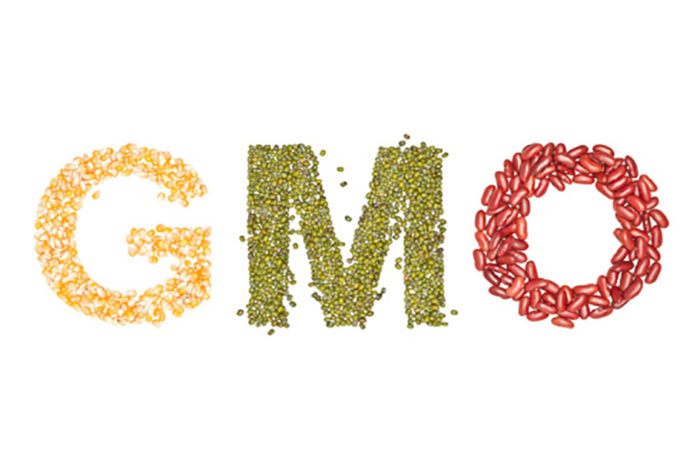
By Lisa Cantkier, Nutritionist
According to the Non-GMO Project, “GMOs (genetically modified organisms) are living organisms whose genetic material has been artificially manipulated in a lab through genetic engineering and creates unstable combinations of plant, animal, bacteria and viral genes that do not occur in nature or through traditional crossbreeding methods.
Virtually, all commercial GMOs are engineered to withstand direct application of herbicide and/or to produce an insecticide. Despite biotech industry promises, none of the GMO traits currently on the market offer increased yield, drought tolerance, enhanced nutrition, or any other consumer benefit. A growing body of evidence connects GMOs with health problems, environmental damage and violation of farmers’ and consumers’ rights.” For a list of GMO foods in the U.S., click here. For a list of GMO foods in Canada, click here.
Currently, 64 countries around the world require labeling of genetically modified foods. It’s been a hot debate in North America for several years now. After a lot of hard work (examples include the international March Against Monsanto rally and the efforts of organizations reaching out to government officials, such as Rachel Parent’s Kids Right to Know), activists on the “pro labeling” side are finally witnessing change.
In a March 16, 2016 vote, the U.S. Senate declined to advance the anti-consumer bill to stop mandatory GMO labeling. There were 60 votes needed to establish a voluntary, national standard for GMO labeling and block individual states from mandating GMO disclosure. It was a close vote, as forty-eight senators voted “yes” and 49 voted “no.” Still, the outcome speaks volumes as an increasing number of government officials no longer want to prevent GMO labeling.
Not surprisingly, American organizations such as The National Grocers Association, The Coalition for Safe and Affordable Food, the Food Marketing Institute and the Grocery Manufacturers Association are disappointed by the vote and were hoping for what is referred to as a “cloture” or close on the bill. These groups claim they are concerned about food labelling driving up food costs and how that will impact the public. Their critics remain skeptical.
Groups on the other side of the debate see the outcome as a victory. “Today’s vote marked an important milestone for the more than 90% of Americans who want GMOs to be labelled,” says Tom Colicchio, chef and co-founder of Food Policy Action. “I am hopeful that the Senate will now work to craft a bipartisan mandatory on-pack GMO labeling bill that doesn’t demonize science and gives consumers the information they demand.” U.S. Right to Know, an organization that pursues truth and transparency in the American food system, called the Senate vote “A victory for consumers and everyone who wants the right to know what’s in their food.”
If you are concerned about GMO foods and their impact on loved ones, read labels, consider organic choices and support local farms and food producers. Rachel Parent, GMO educator and activist has addressed one of her tweets to Hugh Grant, CEO of Monsanto, which is the largest producer of genetically engineered seeds in a press release, “If you truly believe your GM technology is safe, if you truly believe it has the potential to feed the world, why are you treating it like a dirty little secret that can’t be shown on food labels? Why, if it’s such proven technology, are you spending millions of shareholders’ dollars fighting it, rather than promoting it?”










